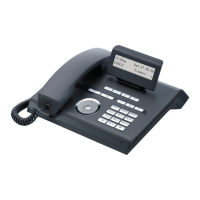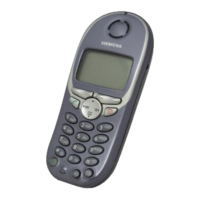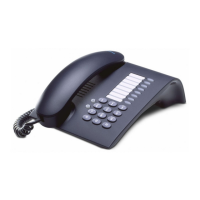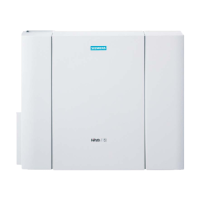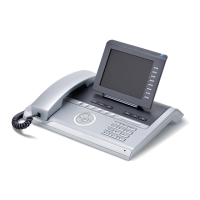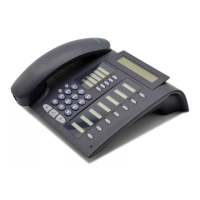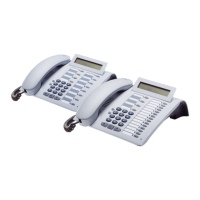boards.fm
P31003-H3560-S403-54-7620, 09/05
HiPath 3000 V6.0, HiPath 5000 V6.0, Provisional Service Manual
3-251
Boards for HiPath 3000
Peripheral Boards
Characteristics of the interface types
● E&M interface type 1 (Figure 3-105)
The interface in the transmission equipment does not require negative power feeding. This
type uses only two signal wires; the communication system and transmission equipment
are non-floating, so they are not protected from longitudinal voltage.
● E&M interface type 1A (Figure 3-106)
Same as type 1, but without a 0-V rest potential on the M-wire.
● E&M interface type 1B or 5 (Figure 3-107)
The interfaces in both the transmission equipment and the communication system require
negative power feeding. This type uses only two signal wires. The two M-wires are con-
nected to 0-V potential only, meaning that no special measures are required to prevent
short-circuit currents in the event of ground leakage. The communication system and
transmission equipment are non-floating, so they are not protected from longitudinal volt-
age.
● E&M interface type 2 (Figure 3-108
The interfaces in both the transmission equipment and the communication system require
negative power feeding. This type uses four signal wires. The M-contacts are floating, so
there is no non-floating link between the communication system and transmission equip-
ment.
● E&M interface type 3
This type uses four signal wires. The M-signal has GND or V
battery
(- 48 V) for direct TIEL-
to-TIEL connection (without converter).
>
Interface type 2 is recommended; it provides the best longitudinal voltage pro-
tection.
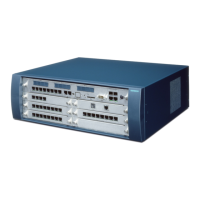
